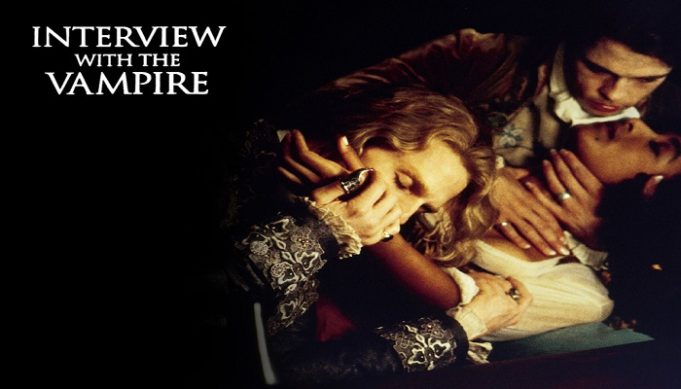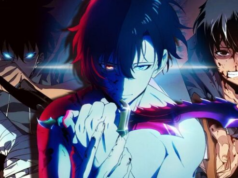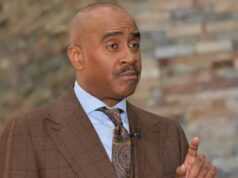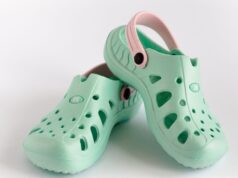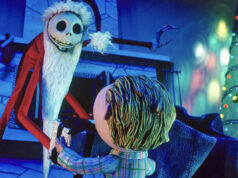Horror films have been an enduringly popular genre since the beginning of cinema, undergoing a number of highs and lows – from the golden age of the Universal Monsters to the slasher craze of the ’80s. The majority of horror’s greatest successes, however, share a common denominator – a great screen villain.
A great horror movie villain transcends his role as the film’s antagonist, becoming, essentially, the “hero” of the film (or the ongoing series) – the character the audience comes to see, whose exploits are the primary source of interest.
Horror Stars of the Silent Screen
The first recognizable star of “horror films” was Quasimodo, the sympathetic hunchback of Victor Hugo’s classic novel, The Hunchback of Notre Dame. Quasimodo appeared in numerous films during the silent era, culminating in Lon Chaney’s iconic performance in the 1922 adaptation. The silent era also saw the first film appearances of Mary Shelley’s Frankenstein monster (in a 1910 film by Edison Studios) and Bram Stoker’s Dracula, re-envisioned as the hideous Count Orlock in F.W. Murnau’s Nosferatu. Lon Chaney created another iconic horror figure in The Phantom of the Opera. Chaney’s revolutionary and shocking make-up cemented the Phantom as a figure that would haunt viewers for decades to come. The Phantom would also usher in a new era of horrifying silver screen monsters.
The Universal Monsters
Perhaps the greatest collection of horror icons came out of the 1930s efforts of Universal Studios. Under the supervision of producer Carl Laemmle Jr, Universal released numerous horror films, including the definitive versions of Frankenstein and Dracula, starring Boris Karloff and Bela Lugosi, respectively. Universal also introduced the world to the Mummy, the Wolf Man, the Invisible Man, and later, the Creature from the Black Lagoon. Each character would rise to pop culture stardom, spawning numerous sequels apiece and massive amounts of merchandising. The Universal Monsters even appeared in comedies alongside Abbott & Costello. The enduring appeal of the monsters can be attributed, in large part, to the work of Jack Pierce, the make-up artist responsible for the Frankenstein monster, the Mummy, and the Wolf Man. Coupled with legendary performances by actors such as Lon Chaney Jr and Claude Rains, the Universal Monsters are a staple of film history.
Hammer Horror
The ’50s saw a boom of “atomic age” sci-fi horror in films such as Them! and The Incredible Shrinking Man. The iconic monsters would return however, re-invented by Hammer Film Productions, a British studio. Hammer revisited many of the Universal Monsters, including Dracula, Frankenstein, and the Mummy. Embodied by new genre stars such as Peter Cushing and Christopher Lee, the monsters thrived once more, with several sequels on through the ’70s. Christopher Lee’s portrayal of Count Dracula is a vital chapter in the vampire’s enduring legacy in film.






